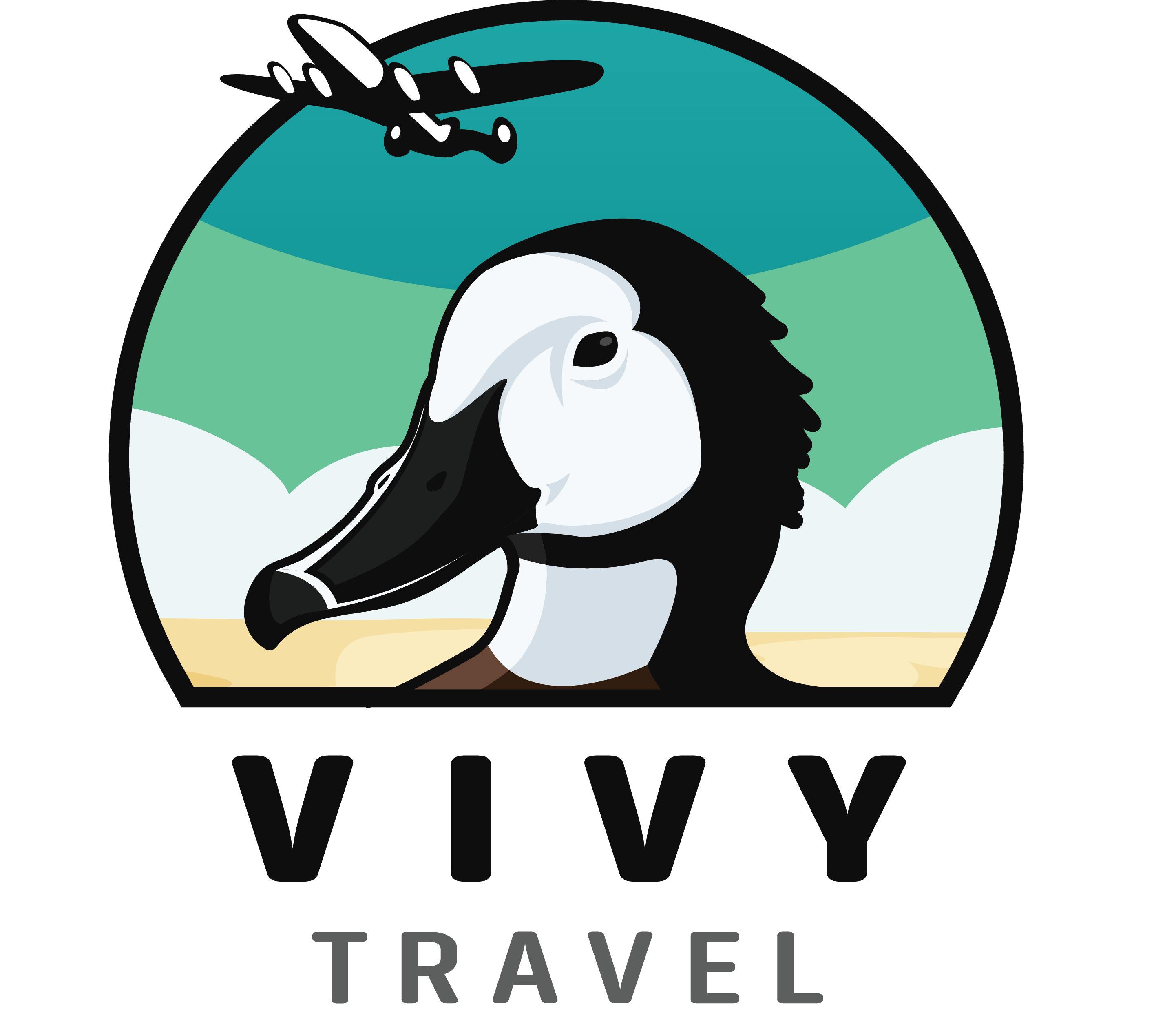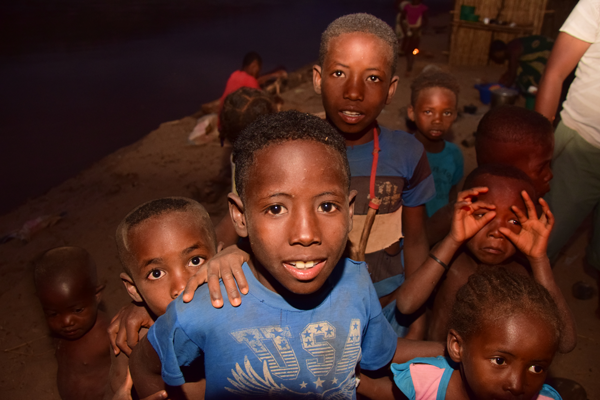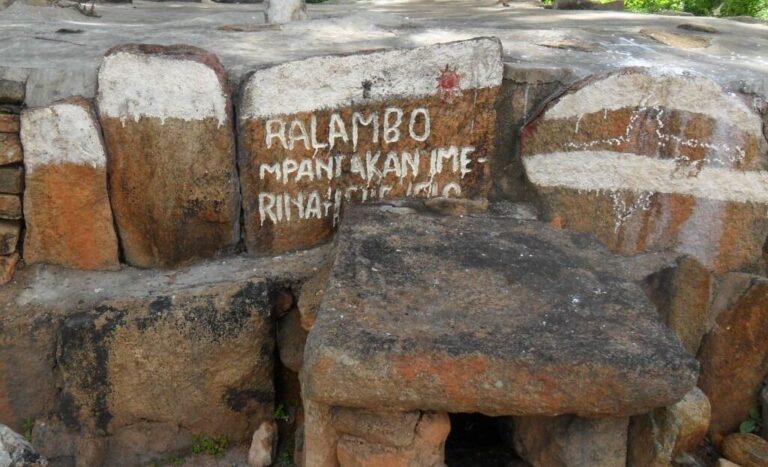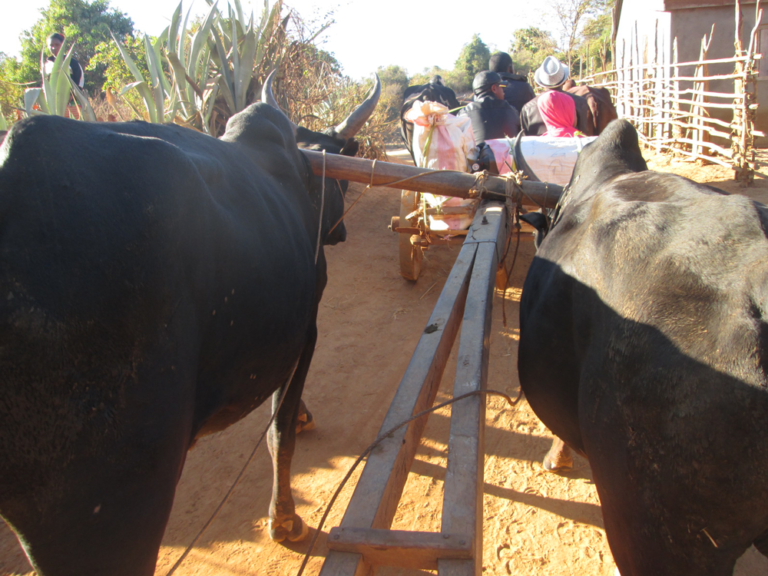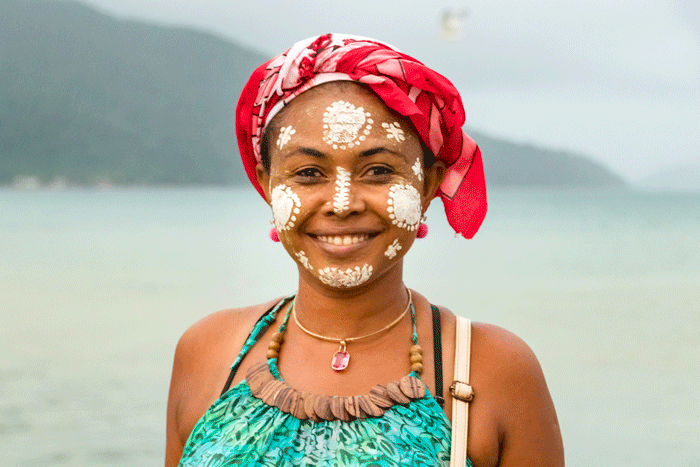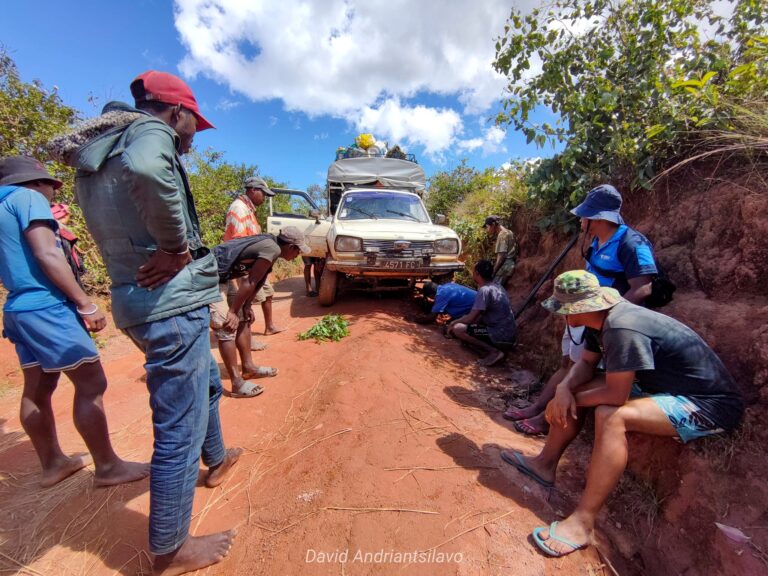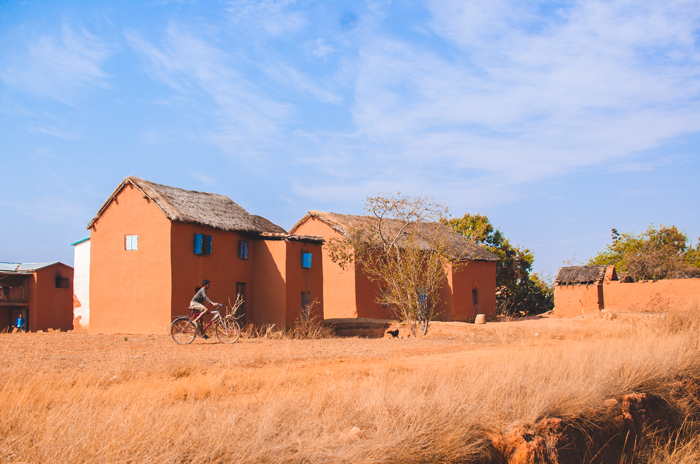Malagasy culture in a few words

Malagasy culture, complex and profound, is difficult to summarize in just a few words, as it is based on ancient and timeless values. At the heart of this culture lies the concept of Fihavanana, an untranslatable word that embodies the idea of solidarity, mutual aid, and protection within the family, but also between neighbors, members of the same clan, and even across different ethnicities. It is a fundamental principle that guides the life of the Malagasy, both individually and collectively.
